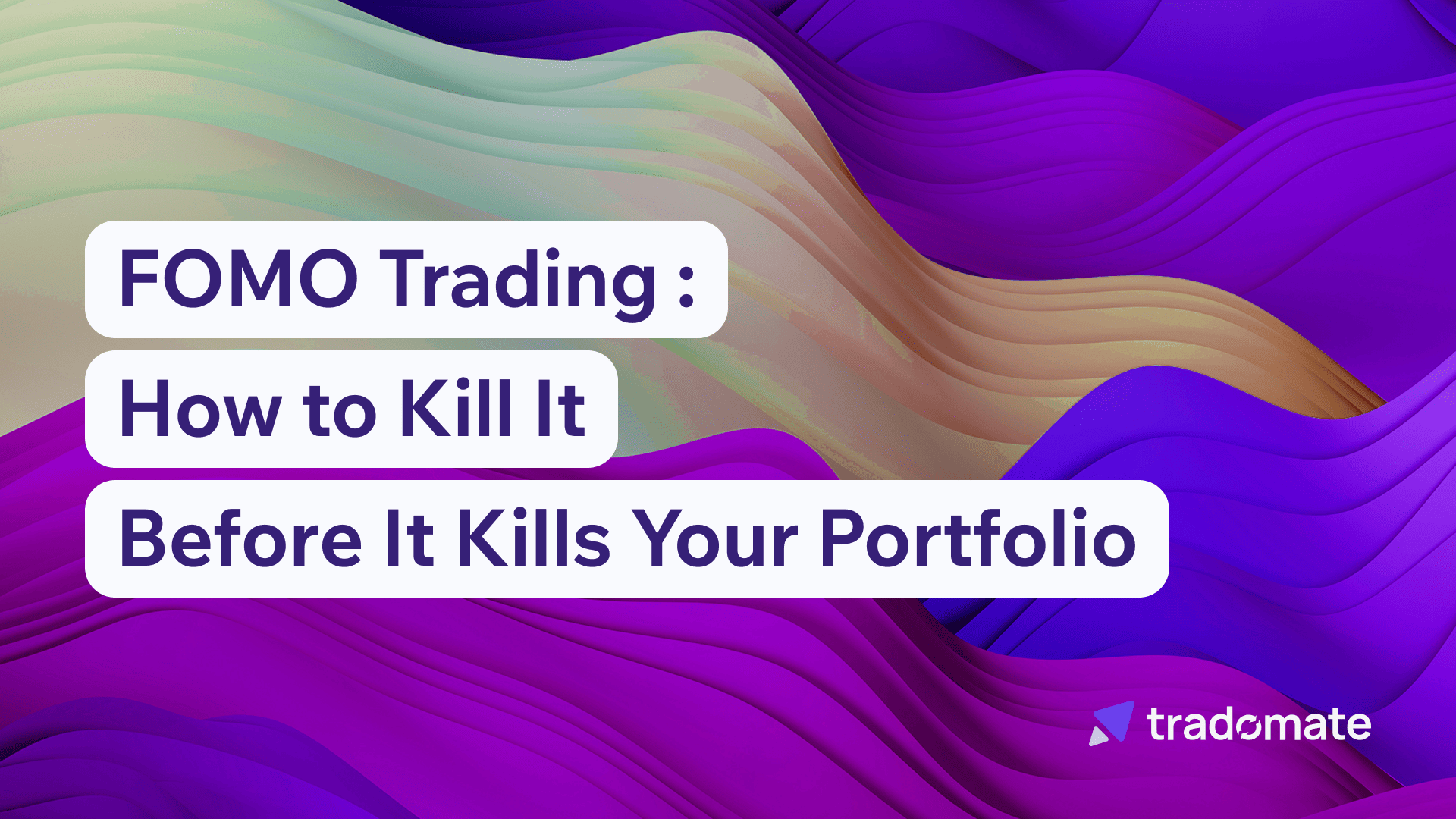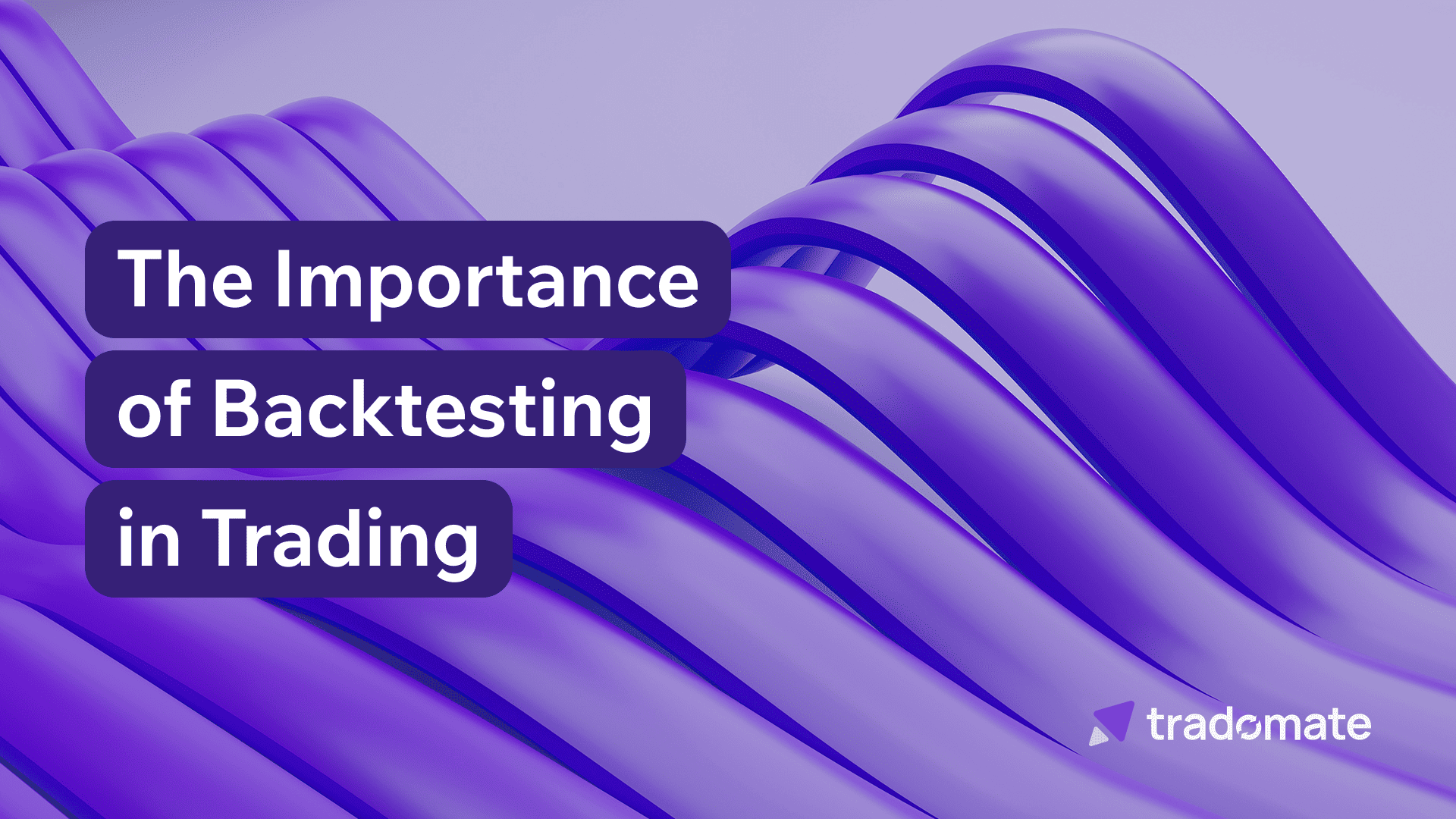The stock market isn’t just about picking the right stocks. It’s about understanding the trading terminology that guides every trade and investment. Let’s break down the most common ones.
1. Risk vs Return
No risk, no reward, but not all risks are worth taking.
In the stock market, higher returns usually come with higher risk. A small-cap stock might offer explosive returns, but it can also wipe out your capital in a bad quarter.
Always ask yourself: “Am I okay losing this money if things go wrong?” before chasing returns. Knowing this trading terminology helps you balance your risk appetite and make smarter decisions.
2. Diversification
Don’t put all your eggs in one basket.
Diversification is one of those fundamental terms related to the stock market that seasoned investors swear by. It means spreading your investments across different sectors, stocks, or even asset classes (like equity, gold, bonds).
This key piece of trading terminology reduces the impact of one bad investment on your overall portfolio, keeping you safer during market volatility.
3. Market Orders vs Limit Orders
How you buy matters as much as what you buy.
When placing a trade, you have two important terms to understand:
- Market Order: Executes immediately at the current market price.
- Limit Order: Executes only when the stock hits a price you specify.
Example:
If for example TCS is trading at ₹3,500:
A market order will buy it right away, maybe at ₹3,501 or ₹3,502 (if price increases during your decision making time).
A (buy) limit order at ₹3,480 waits until the price drops to that level or lower and (sell) limit order will wait until the price rises to your specified level or higher before executing.
Learning this trading terminology ensures you have control over your entry and exit points, especially in volatile markets.
4. Leverage
Double-edged sword: Amplifies gains and losses.
Leverage is another crucial piece of trading terminology. It means using borrowed money to take trades larger than your own capital would normally allow. Think of it like using a ladder: you can reach higher, but if you slip, the fall is harder.
5. Margin Trading
Margin is the security deposit you place with your broker. In exchange, they allow you to use leverage, effectively lending you extra funds so you can take bigger positions in the market.
Understanding these terms can save you from costly mistakes and blown-up accounts.
6. Long position
Buy low but sell high, that’s the philosophy behind long position
When an investor buys a stock expecting the price to rise, it means they are going the “long position”. It’s buying the stock with the optimism that the company will do well in future and the stock can be sold for profits.
You make money if the stock price rises and lose if the price falls
7. Short position
This is the opposite of a long position.
However entering or exiting this position is a bit complicated when compared to a long position. Here you borrow a certain number of shares from the stock broker (Usually the brokers own that stock) by putting down some margin as collateral and then sell those shares in the market at the current price.
Due to the borrowing from the broker, the investor/trader has an open position (A trade that has been initiated but no opposing trade has been made) for the number of borrowed shares with the broker, and this has to be closed in future.
Now in the coming days when the price of the stock falls you buy those shares back and give it to your broker. The difference between selling price and buying price will be your profit.
8. Stop loss
Smart traders know when to get in and when to get out. Think of it as your safety net. A stop-loss order is set based on the risk appetite of a trader, it automatically sells your position if the price drops to a certain level. It limits how much you can lose when a trade goes wrong.
9. Take Profit
This one locks in your wins. A take-profit order automatically sells once the price hits your target level. It helps you stay disciplined and avoid the greed trap because sometimes, knowing when to stop is what keeps your profits safe.
Final Thoughts
You don’t need to be a market wizard to succeed, but if you don’t know the trading terminology and the key terms related to stock market, the market will extract tuition fees from your portfolio.
Start with these core concepts. Master them. Then build your strategies on this strong foundation. If you’d like to learn more, you can check out this documentation. You can also explore the official NSE India website for more resources.
#tradeintelligently



